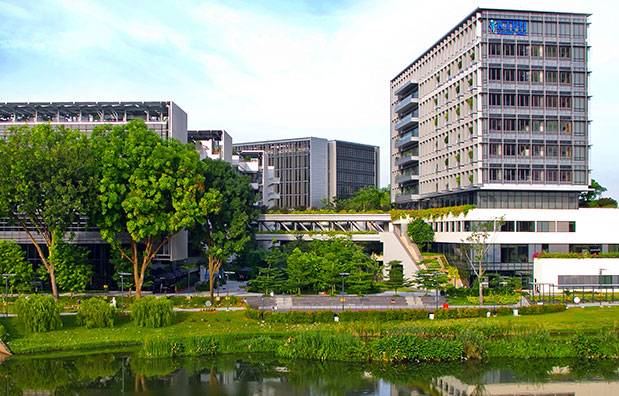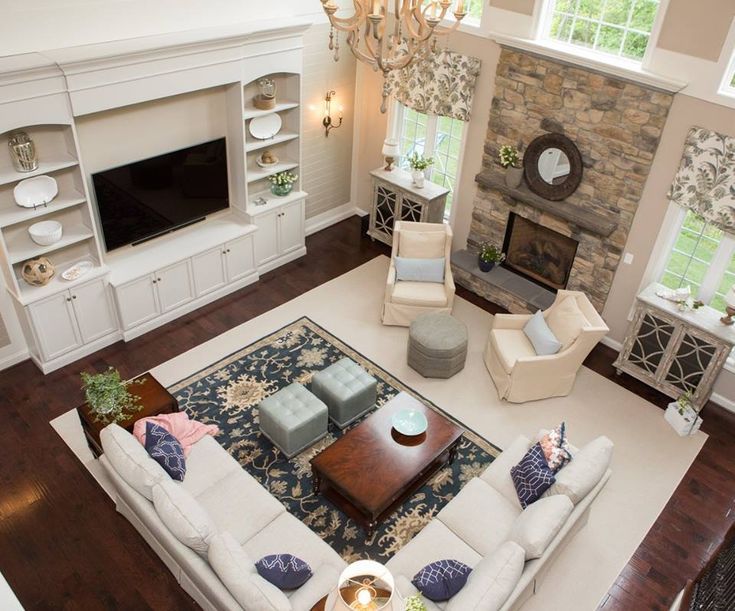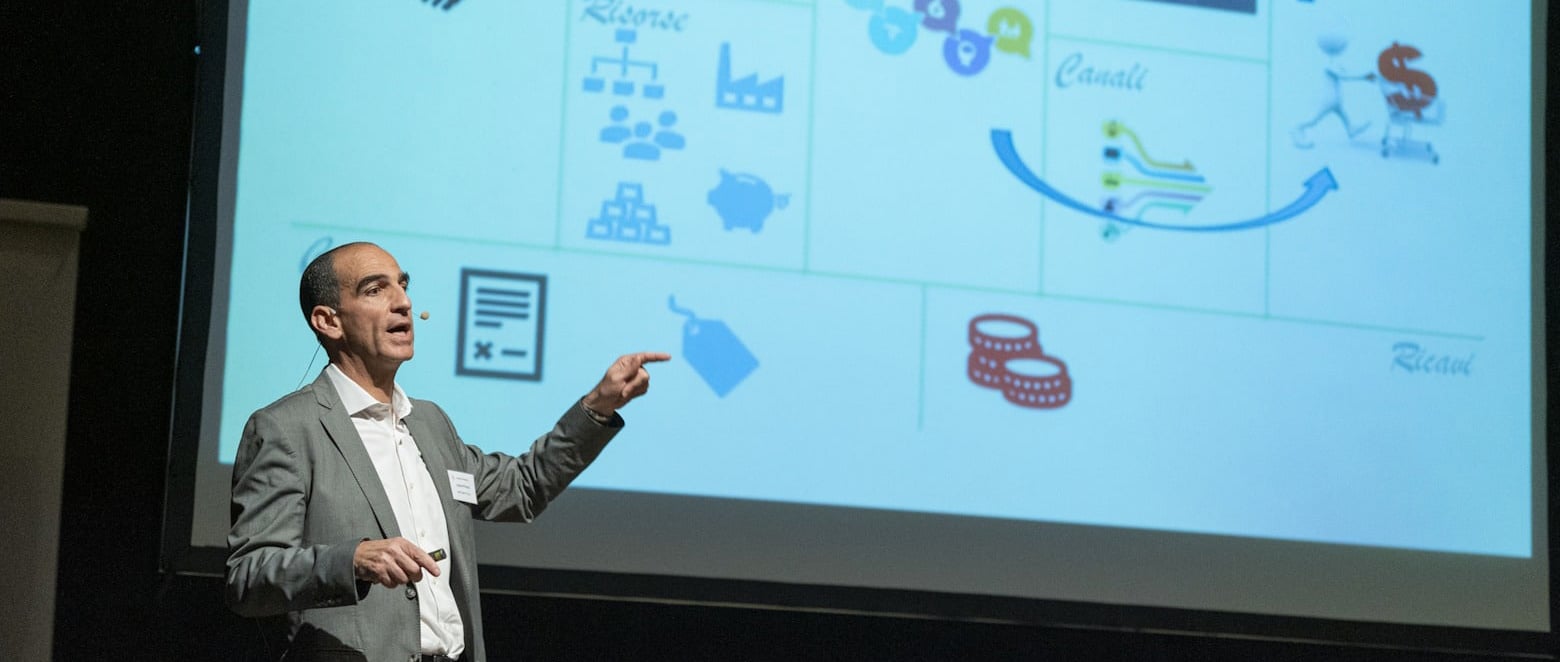Success in the future relies on today’s good acts.
This is undoubtedly the period where using progressive design thinking is necessary. We need your ideas, your understanding of beauty, and your rejection of banality and cynicism, designers, architects, engineers, builders, and innovators of all hues. The creative mind’s talents must take the lead.
The actual object of our adoration is architects who are experimenting with new materials and methods, not pretty pictures of great houses. A partly prefabricated refuge in Tasmania, an Australian island state, is encircled with Tasman gold gravel to protect it from the region’s frequent bushfires. Cross-laminated wood, a construction material that is gaining popularity in the US for its effectiveness, precision, and strength, was used by architects Lisa Gray and Alan Organschi to renovate an old firehouse in New Haven, Connecticut, which is now a resource for a large community of music enthusiasts. The builders of a beachfront mansion in Leelanau County, Michigan, adopted the centuries-old Japanese process of charring cedar, or shou sugi ban, to preserve it against pests, mildew, decay, and fire. These are the types of concepts that really matter.

Modern design thinking is all about coming up with innovative solutions to the issues of the day. Avoid complacency at all costs since it is a powerful barrier. Pay attention to the words of timber tycoon John Baptiste Yeon II, who at the turn of the 20th century made significant contributions to opening up the Pacific Northwest by building roads and infrastructure: “Hit the future as hard as your money and brains will permit. Otherwise, you’ll be obsolete the next day.
Suppose green design was just good design instead?
We ought to have completely forgotten about becoming green by now. Being environmentally friendly ought to be standard procedure, the way things are, and the normal way we go about living our lives. Greens are masters at instilling fear and gloom. They are still most adept at alarmism. The worst designers ever, according to particular achievements, are greens. Their successes are few, isolated, and of a modest scale. There are obvious traces of their failure all over the place: Traffic bottlenecks, overflowing garbage bins, leaky chemicals, melting ice caps, and funereal swarms of extinct animals may all be found amid suburban development.
The weapons race should be partially credited for being slowed down by culture. Genetically engineered crops might also perish, at least in Europe. However, food fads and nuclear suicide were the simple green issues. These were significant, abstract problems that had nothing to do with the actual needs and aspirations of individuals. An H-bomb roasts people, which nobody wants. Gene-altered food is never bought in upscale stores.
The foundation of green design is the fundamental understanding that everything is interconnected in a holistic way. Environmentalism is concerned with “the environment,” or everything around us. However, being “connected” to “everything” is a complete disaster when you try to do anything. It implies that irrelevance does not exist. Every achievement is always open to question, and there is always something to criticize.

Green design is not for everyone, but green criticism is. Let’s think about a hammer. You could mistakenly believe that a basic, arts-and-craftsy, energy-efficient hammer must be quite green, but what about the hazardous waste from that nail mill in far-off China? Ha! You’re in my hands there. What have you done to address the patriarchal and imperialist prejudices present in a privileged single-family home despite having put up a new, cozy room for your children? You took no action? You never ever considered such problems? Why, you pathetic pig!
Genuine, life-threatening environmental challenges exist on the earth, but greens tend to be easily distracted and very ineffective individuals. They are poet-philosophers in an age when engineers are urgently needed. They have engaged in various strange rituals as a result of years spent on the periphery of society. For example, their interior selections include earth tones, bare wood, undyed fabric, and ethnic trinkets. These odd tiny sociopolitical cues should not be confused with thrift or common sense. There is just no compelling reason for anyone’s décor to appear so childish. A no-budget home decorated with salvaged materials is certainly doable.
It’s not an issue to desire to be “modern” if you’re interested house design. Simply visit www.designwithinreach.com to acquire an end table by Eileen Gray, who was 74 years old. Being “modern” may be an utter contradiction, but at least it’s an easygoing, quick, and customer-focused way to be. The New Natural House or Natural Home magazine are examples of thick, eerie, patchouli-scented books that must be hip-deep in order to be green. These articles valiantly take on a variety of green design issues. Sadly, many of these “solutions”—healing herbs, handmade tofu, wheatgrass smoothies, and house-blessing rituals—aren’t really solutions. They are customs.
Green publications are quite popular among hypochondriacs. That is as a result of the quackery they include. Unbelievably, the majority of allergy sufferers are not at all “sensitive” to “toxins” present in “industrial” items. They are allergic to pollen, which entails that they cannot tolerate sexual activity between flowers and trees.
It’s not really about the greenness to be green. Being green is irritable, eccentric, and unpopular for justifiable reasons; it has never been taken for granted as a practical way to get along. It’s a real pain to have to deal with all that self-conscious alternate being-ness all the time. The easiest method to maintain moral panic is to spend all of your time engaging in pointless runarounds that have no real impact. Setting up a meditation area in the home, together with some aromatherapy and an unbleached Danish zazen cushion, is seen as being somewhat in keeping with green design. Buddha used to sit on the ground under some trees to meditate. Do certain bumpy hemp carpets and some Indonesian incense burners help individuals meditate more effectively? Obviously not. The goal is that they feel better about continuing with their original purpose to meditate. The opulent humility of the private spiritual retreat will definitely wow home visitors.
The green movement’s reaction to how the world operates has been wholly misguided. They are excellent at whining but terrible at reform. They are persistent revolutionaries who want to rule by starving in a dungeon. Their bizarre beliefs are best used as a loose-leaf bible by a minority that is always unhappy. This isn’t all that horrible on its own. It’s fantastic, in fact. Minorities who are always unhappy are wonderful to have around. However, green’s failings are grave missteps. Many issues that are best categorized as “green” are realistic, persistent, real-world issues that pose obvious and genuine threats to civilization. There must be a genuine and efficient solution. Real, practical, environmentally friendly activities can be done. They are not really transcendent, romantic, or paisley-adorned things, but they may occur.
Being accepted by the majority would be a green winning requirement. Running municipal councils and excavating large, filthy, costly holes for public transportation are examples of the drudge job involved. It also entails purchasing massive, unsightly enterprises and erecting enormous windmills in place of coal mines and nuclear reactors. It entails developing consumer items to respect human flesh, make them pleasant to handle, enjoyable to look at and hear, functional, responsive, and, heaven forbid, sensual. Instead of dark, stuffy eco-huts that aim for the perfectly sustainable state of coffins, it means creating cozy, healthy, and ecologically conscious dwellings.
Victory entails giving up the bohemian romanticism and turning into a green business. This implies that those who are fervently committed to the environment will pass into antiquity. The word “green” is quite dated in a really green society. Real life emerges from green. Real life also entails managing the workplace and dealing with constant complaints, which is why greens avoid it at all costs.
The so-called “technology” that environmentalists criticize isn’t really technology. Simple definition of “technology”: “Stuff invented since I was born.” Fighting that newfangled thing relies on reflexive, faddist approaches and never delves far enough to become strategic. The technology of our great-grandparents is what’s killing us. Most people will never realize it because they are too preoccupied with just existing; they cannot distinguish history from background noise. Green designers shouldn’t have an issue with it since their job is to comprehend things better than the average person. Better design is required for technological transformation to succeed and for green to prevail. It must be met with jubilant cheers from the public before being swiftly forgotten. Any technology that thrills or angers regular people is one that regular people have not yet adopted. Every day, people must employ green technology and green design. More than just being politically right or simply user-friendly, it must be accepted as standard practice. It must operate in the background with all the other technology that people use on a daily basis without giving them a second’s thought, such as clocks, forks, and running water. That is how things truly are; moving ahead will be this way.
Dictionary of the Green Devil
This helpful glossary of terminology isn’t about what these common green phrases really imply. No, this malicious dictionary is about what these words omit, which is quite a bit. —B.S
aware: jittery, agitated, and stressed
calming: bland, routine, and unimaginative
safe—terrified to death
harmonious—monotonous
tranquil—stoned
healing: flimsy, dubious, and self-obsessed
squeezing and stinky
harmful: anything psychologically perplexing or enchanting
Natural, packaged for sale by the alternative goods sector
centered—self-centered
Third World rural settlements that are appropriate—most suitable
wholesome—hard to chew, gritty, penitent, and irritating
spiritual: any compulsion or craving that is difficult to explain
dependable—self-righteous, vindictive, and picky
efficient—extremely time and attention-demanding when underpaid
Free-will simplicity: Less labor equals greater work
sustainable — non-profit and unsuccessful
Localized, poor quality
globe is a desired, fictitious, and other people’s issue.
autonomous, alone, and suspicious
connected—overworked, utterly convoluted, helpless
inspired—impractical
Practical yet actively dangerous; not for beginners
serious—expensive
magic—ridiculous
timeless—weird
enduring: rude, filthy, medieval
Recycled materials—hand-washed trash
refurbished, worn-out, rusted, and/or splintered
non-toxic—fast-rotting
herbal garden: unpaid manual labor in agriculture
adobe, rammed earth, and straw bales—dirt, straw, and mixed-dirt materials
earth-sheltered—half-buried
Bamboo is grass that tries to pass for timber.
Eco-collective: a large group of housemates without jobs
Mosquitoes, weevils, rodents, and houseflies are companion animals.
chemical: anything produced that has to be licensed, inspected, and has a college degree
Wabi feng shui and zen are terms used by gringo travelers.



